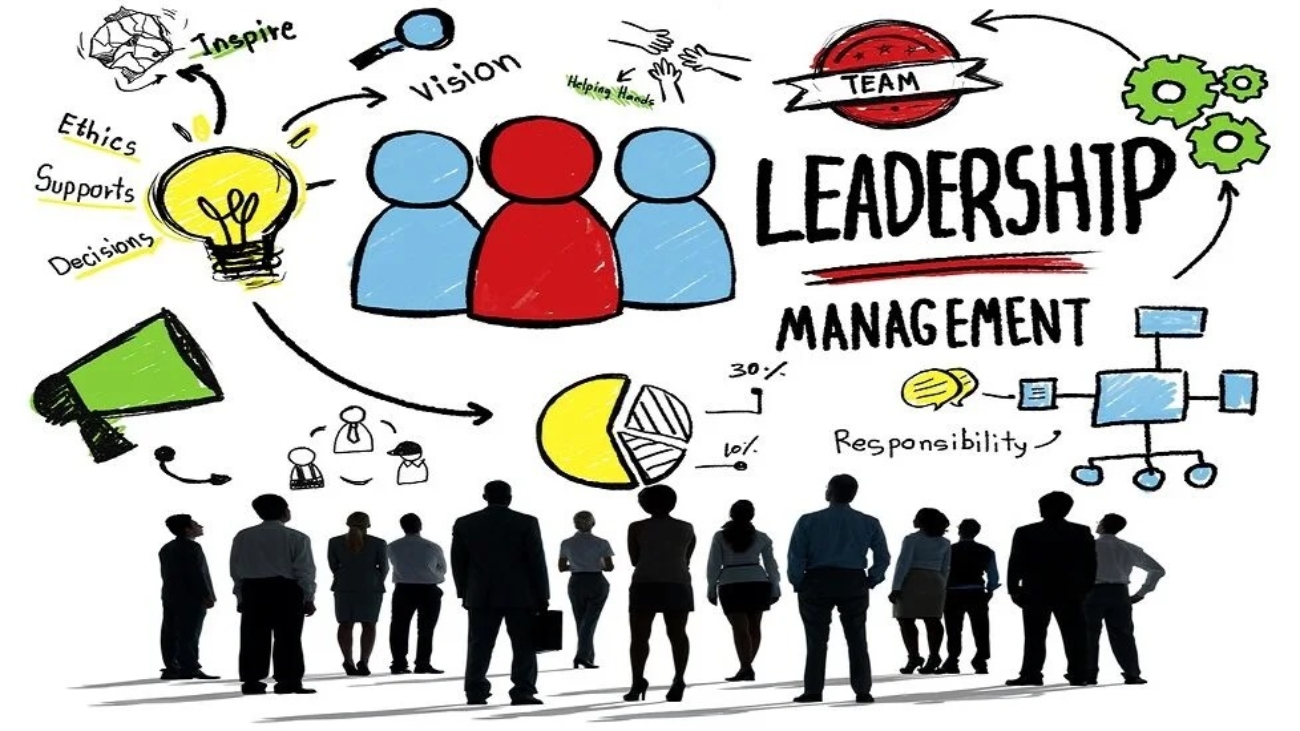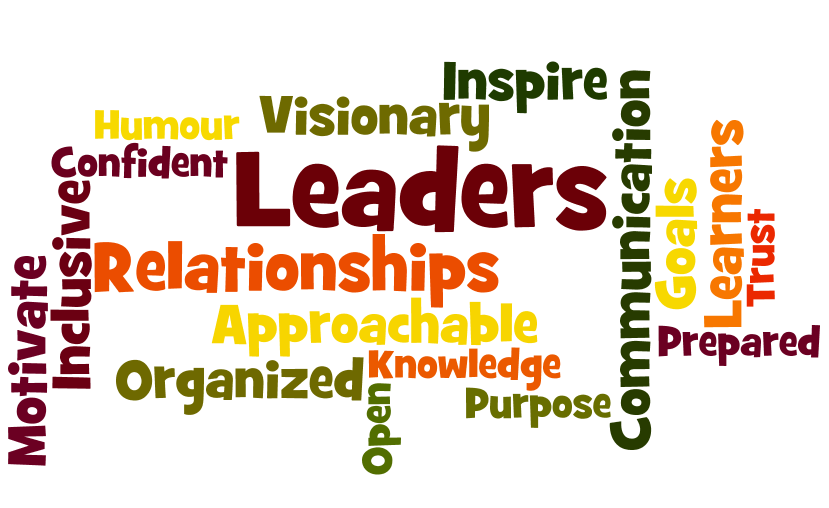In the dynamic world of service and sales, where customers and clients are at the forefront, fostering stronger connections and empathy within your teams is not just a commendable goal but a strategic imperative. In this blog post, we’ll explore the fundamental differences between service and sales leadership, identify the unique challenges they present, and delve into how empathy can be a powerful tool for addressing these challenges.
Why Empathy Matters?
Empathy is the ability to understand and share the feelings of another. In the service and sales industries, this skill is invaluable. Here’s why:
- Enhanced Customer Experience: Empathetic leaders create a culture of empathy within their teams, leading to improved customer interactions. When team members understand and connect with the emotions of customers, they can provide tailored solutions and resolve issues more effectively.
Example: Imagine a customer service representative who empathizes with a frustrated customer’s technical issues. Instead of following a script, they actively listen, acknowledge the frustration, and resolve the issue promptly, leaving the customer feeling understood and valued.
- Boosted Team Morale: Empathetic leaders tend to have happier, more engaged teams. When employees feel that their leaders care about their well-being, they are more motivated, committed, and productive.
Example: A sales manager who takes the time to understand the personal challenges of their team members can provide the necessary support and flexibility. This not only helps the individual but also contributes to a more positive team atmosphere.
Differentiating Service from Sales Leadership:
Service and sales leadership may share common leadership principles, but their primary objectives and approaches differ significantly:
- Service Leadership: Service leaders are responsible for ensuring exceptional customer experiences. Their focus is on resolving customer issues, providing support, and maintaining customer satisfaction.
- Sales Leadership: Sales leaders are tasked with driving revenue and business growth. Their primary goal is to identify opportunities, close deals, and meet sales targets.
Leadership Challenges in Service:
- Managing Customer Expectations: Customers often have high expectations for service quality, response times, and issue resolution. Meeting and exceeding these expectations can be challenging.
- Handling Difficult Customers: Dealing with frustrated or irate customers can be emotionally taxing for service leaders and their teams.
- Consistency in Service Delivery: Ensuring consistent service quality across different customer interactions and channels can be a daunting task.
How Empathy Helps in Service Leadership:
- Understanding Customer Needs: Empathetic service leaders can put themselves in the customer’s shoes, quickly grasping their needs and concerns.
Example: When a customer complains about a product defect, an empathetic service leader not only addresses the issue promptly but also acknowledges the customer’s frustration and offers a genuine apology.
- Managing Emotions: Empathy allows service leaders to remain composed when dealing with upset customers, defusing tense situations and fostering positive interactions.
- Architecting Pillars of Trust: Empathetic leaders build trust with both customers and their service teams. Team members feel supported, and customers feel valued.
Leadership Challenges in Sales:
- Meeting Sales Targets: Sales leaders are under constant pressure to meet revenue and sales quotas.
- Handling Rejection: Rejections and sales failures are part of the job, which can be demotivating for sales teams.
- Adapting to Market Changes: Sales strategies often need to evolve rapidly in response to market shifts and competition.
How Empathy Helps in Sales Leadership:
- Sensing the Echoes of Customer Discontent: Empathetic sales leaders can identify customer pain points more effectively, tailoring their sales pitches to offer solutions that genuinely address these issues.
Example: Instead of pushing a product’s features, an empathetic sales leader listens to the customer’s concerns, acknowledges their challenges, and demonstrates how the product can provide a solution.
- Motivating Sales Teams: Empathy helps sales leaders understand the emotional ups and downs of their team experiences, allowing them to provide the right support and motivation.
- Building Long-term Relationships: Empathetic sales leaders focus on building trust and long-term relationships with clients, which can lead to repeat business and referrals.

Practical Strategies for Cultivating Empathy:
Here are some actionable strategies for service and sales leaders:
- Active Listening: Encourage your team to actively listen to customers and colleagues. This means giving their full attention, asking clarifying questions, and avoiding interrupting.
- Empathy Training: Consider providing empathy training for your team. This can include workshops, role-playing exercises, and scenario-based learning.
- Lead by Example: Demonstrate empathy in your own interactions. When team members see their leader practicing empathy, they are more likely to follow suit.
- Regular Check-ins: Schedule one-on-one meetings with team members to discuss both work-related and personal matters. This shows that you care about their holistic well-being.
Conclusion:
In the service and sales industries, empathy isn’t just a soft skill; it’s a key driver of success. Service and sales leaders who prioritize empathy create stronger connections within their teams and with customers, resulting in improved customer experiences, higher team morale, and ultimately, better business outcomes. By following the blueprint outlined in this blog, you can fortify your abilities in fostering empathy, and leading your team to greater heights.
Now that you’ve learned the importance of empathy in service and sales leadership, it’s time to put it into practice. Start by implementing one empathy-building strategy within your team this week,and measure the impact it has on customer satisfaction and team morale. Share your experiences and insights with us in the comments below!
Empathy is the cornerstone of strong leadership in service and sales. By embracing and cultivating this skill, you’re not just improving your team’s performance—you’re shaping a brighter future for your organization.
So, are you ready to make empathy a core element of your leadership style? Connect with Auxano consulting to know more.
Written by Vineeta, Image sources: https://experiencelife.lifetime.life/; https://news.miami.edu/
Feel free to connect with Linnet Dave, Auxano’s Director and Executive coach on linnet@auxano-consulting.com or connect with her at +919820668179 for any queries on the subject and if you need to get a customized learning Intervention done for your organization.






